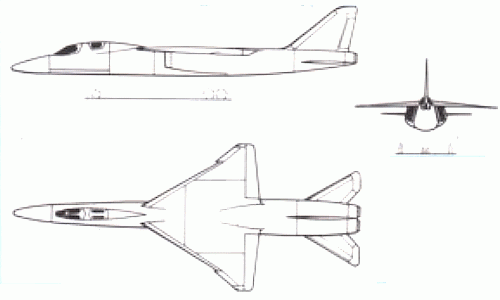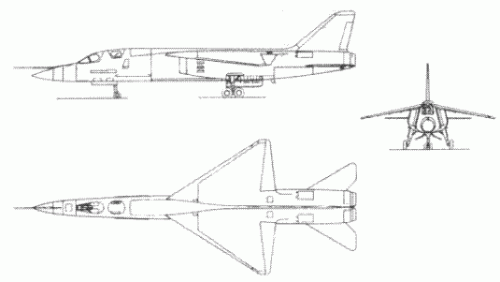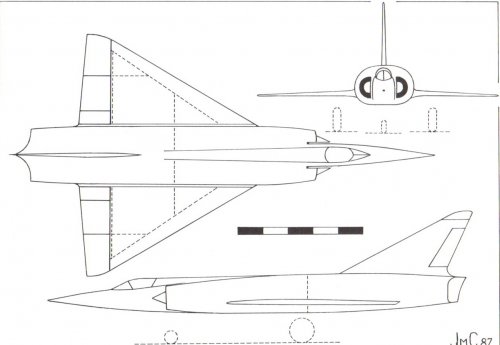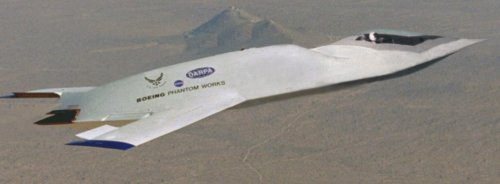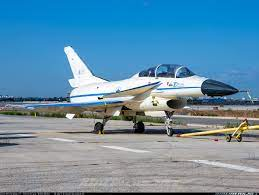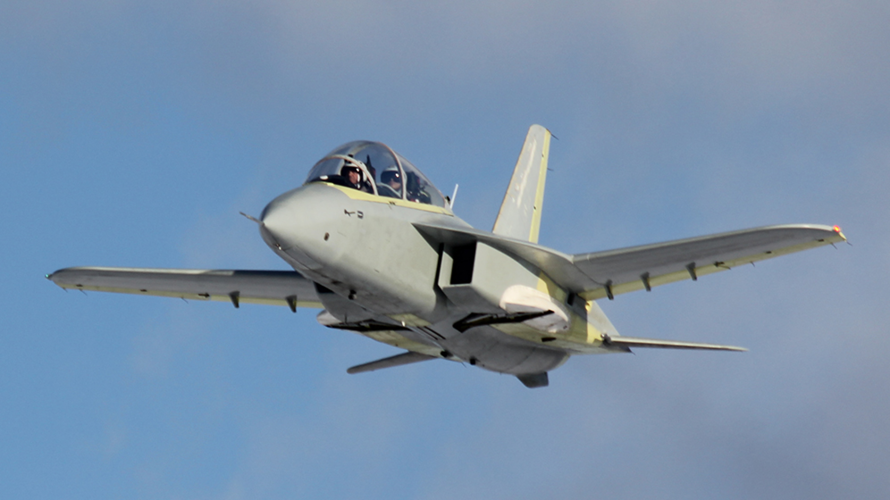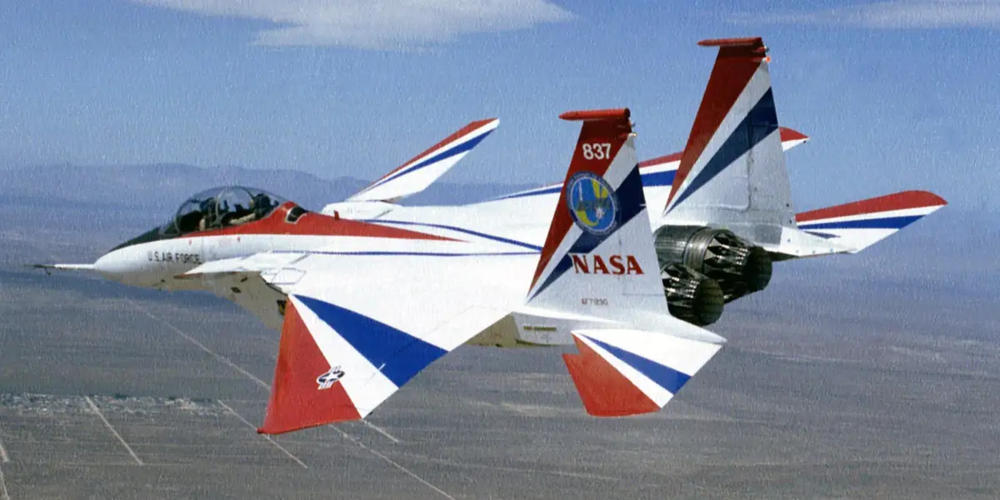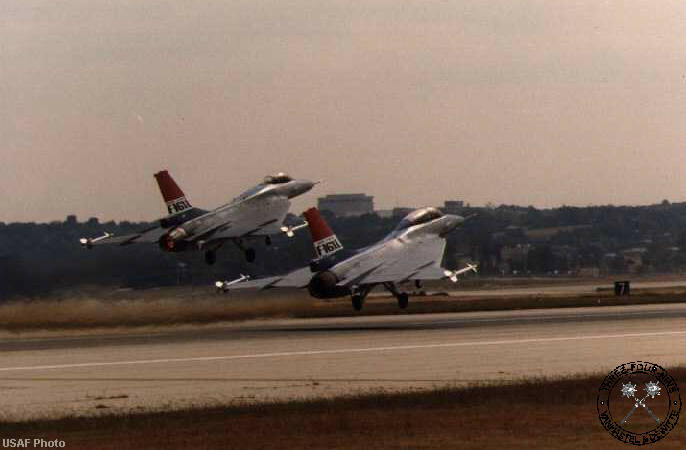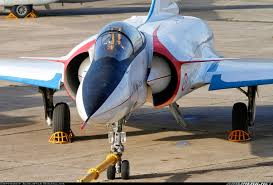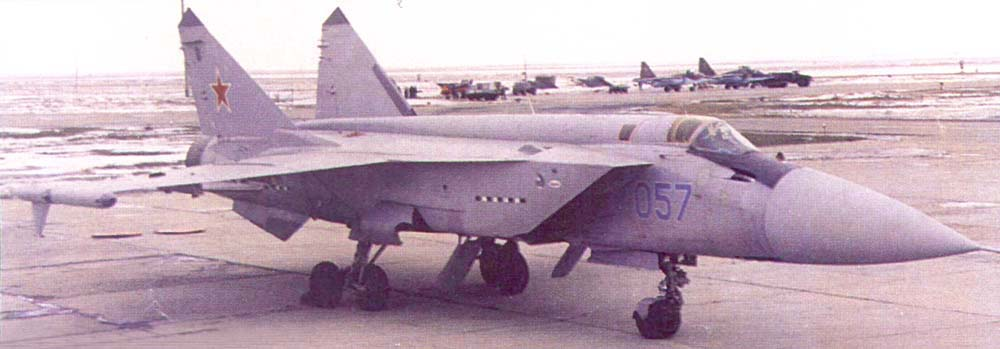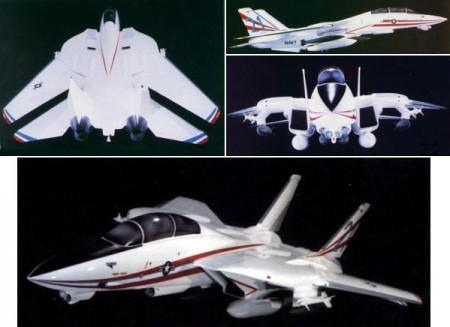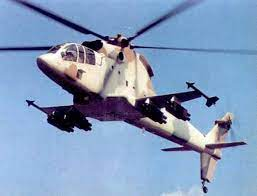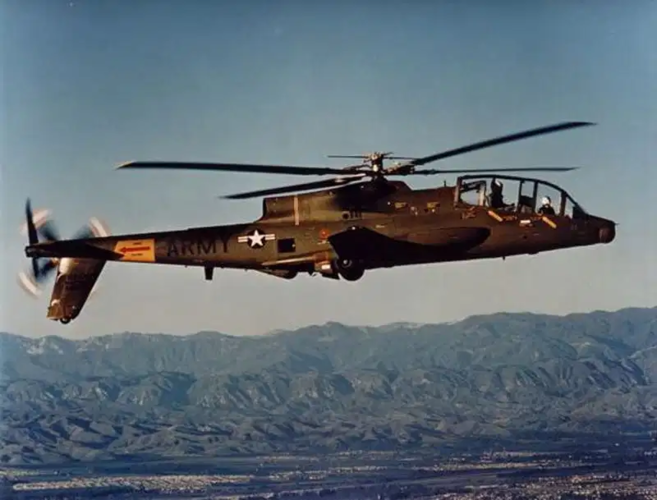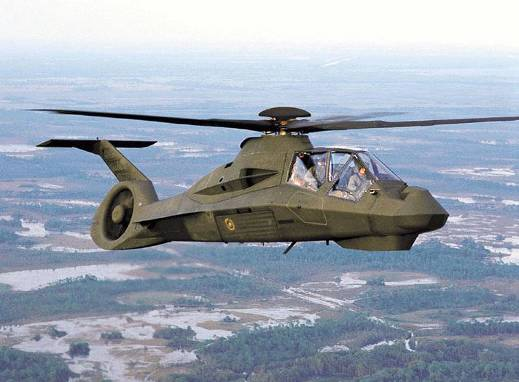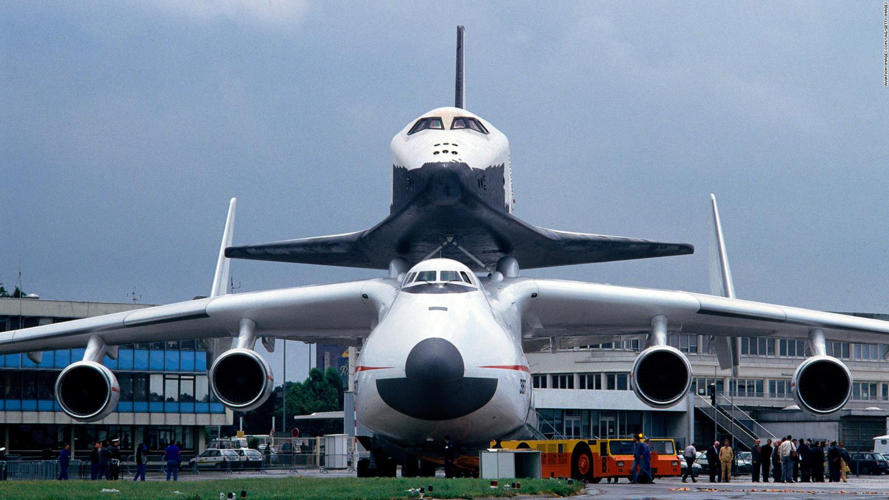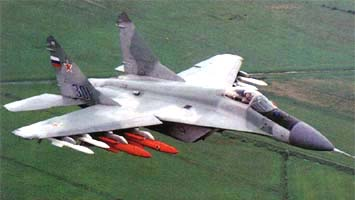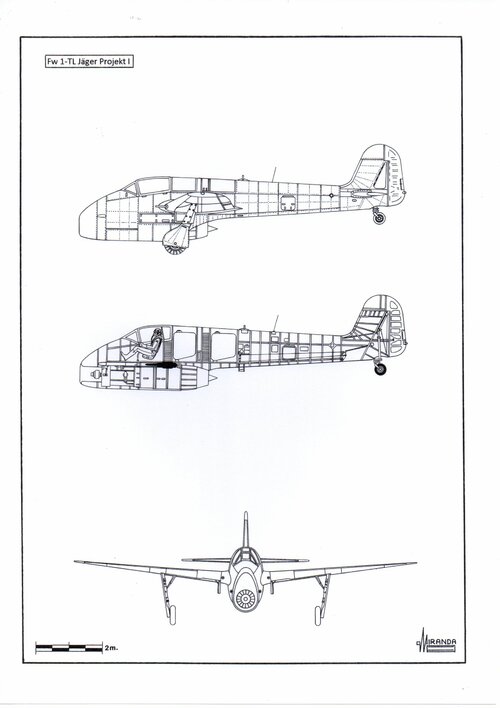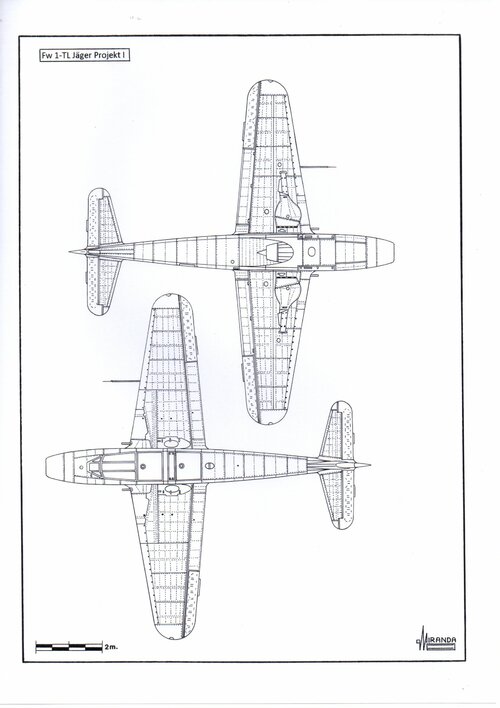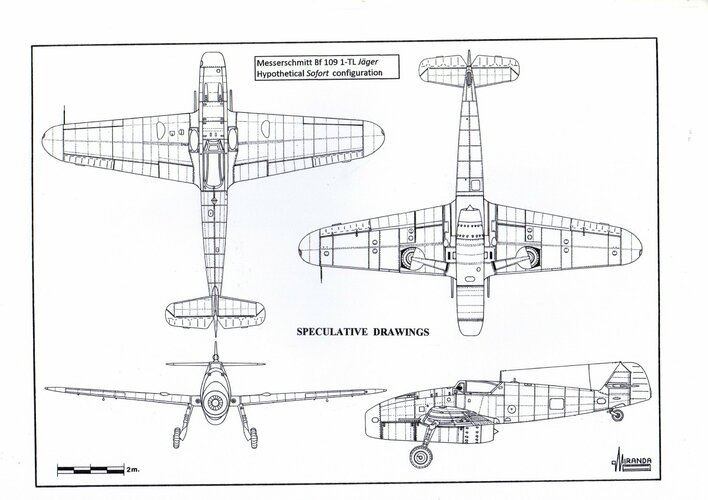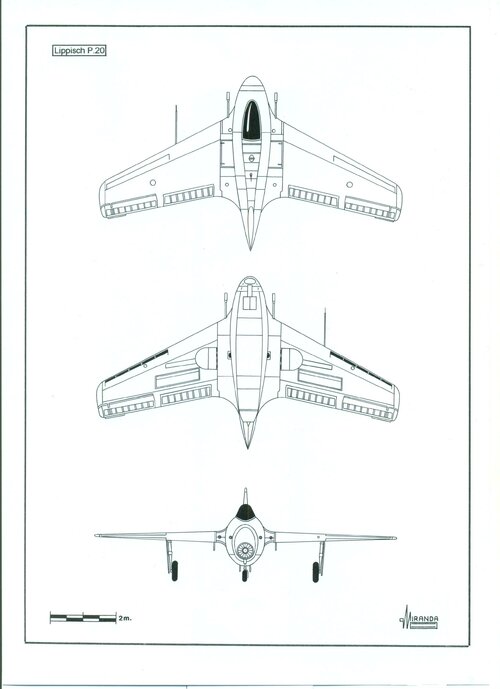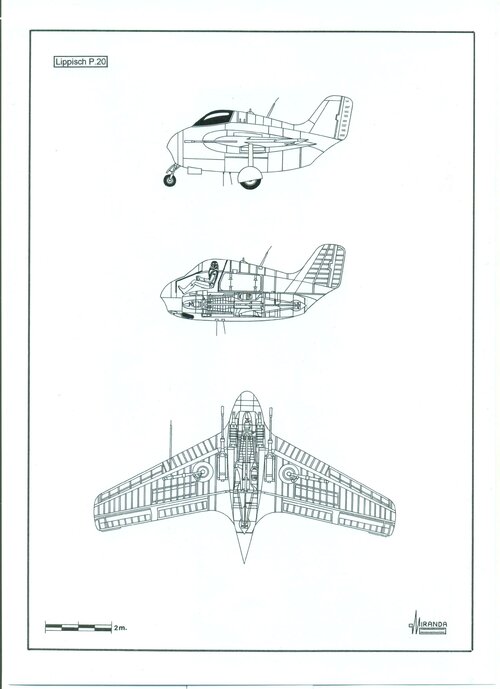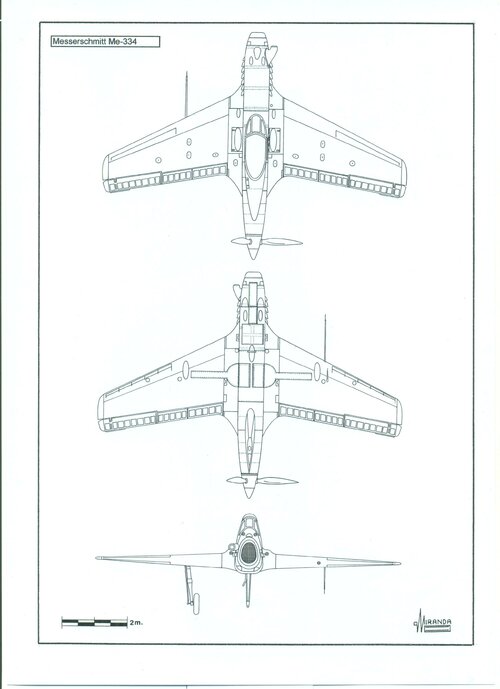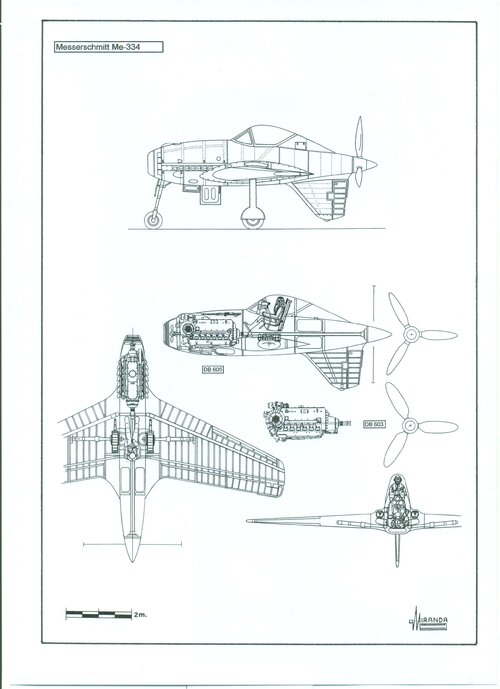kaiserd said:
Considering the great success of the Mirage III (and then the Mirage 2000) going in that direction was hardly a mistake, however much on a fanboy level it would have been great to see the bigger Mirages fielded as well.
Indeed it could be argued that going for the larger more expensive designs would have ended up with expensive failures and French equivalents of the British TSR2.
Logically, you are right.
But, if we imagine an optimal context (OK, maybe on a "fanboy" or "what if" level"), this plane (not necessarily built with mach 2.9 speed. Mach 2.2 seems more credible and money saver) :
-could have been used for a lot of missions that needed more Mirage III (and later more Mirage F1 and Jaguar),
-could have made the Mirage F1 and the Jaguar useless for the French Air Force (no money, R&D and new machines to use for these two planes).
-could have been easier to improve with only a little more powerful engines (ATAR 9 B -> ATAR 9 C -> ATAR 9K -> ATAR 9K50 -> M53 -> M53-2 -> M53 P2 -> M53 PX3), canards, etc.
-with number and time it would have been cheaper to build (compared to new planes)
-it could have taken some contracts against the Phantom or other new planes
There is too possible variants with a mix of Mirage III and IV C and no Mirage F1 or/and Jaguar. These options are perhaps more realistic because they allow the success (and the money) of the Mirage III.
I add that the problems of the TSR2 engine (very powerful compared to its british predecessors) would not have existed with the less powerful Mirage IV C engine (even if the ATAR 9 B had problems and was quickly replaced by the ATAR 9 C)
A lot of "could have" and "would have", yes, and, as said before, requiring an optimal context, but nothing impossible or unrealistic.
But, the solution of the Mirage III was, indeed, better with the point of vue of the money (at least at the beginning and nobody can know the future) for De Gaulle...

